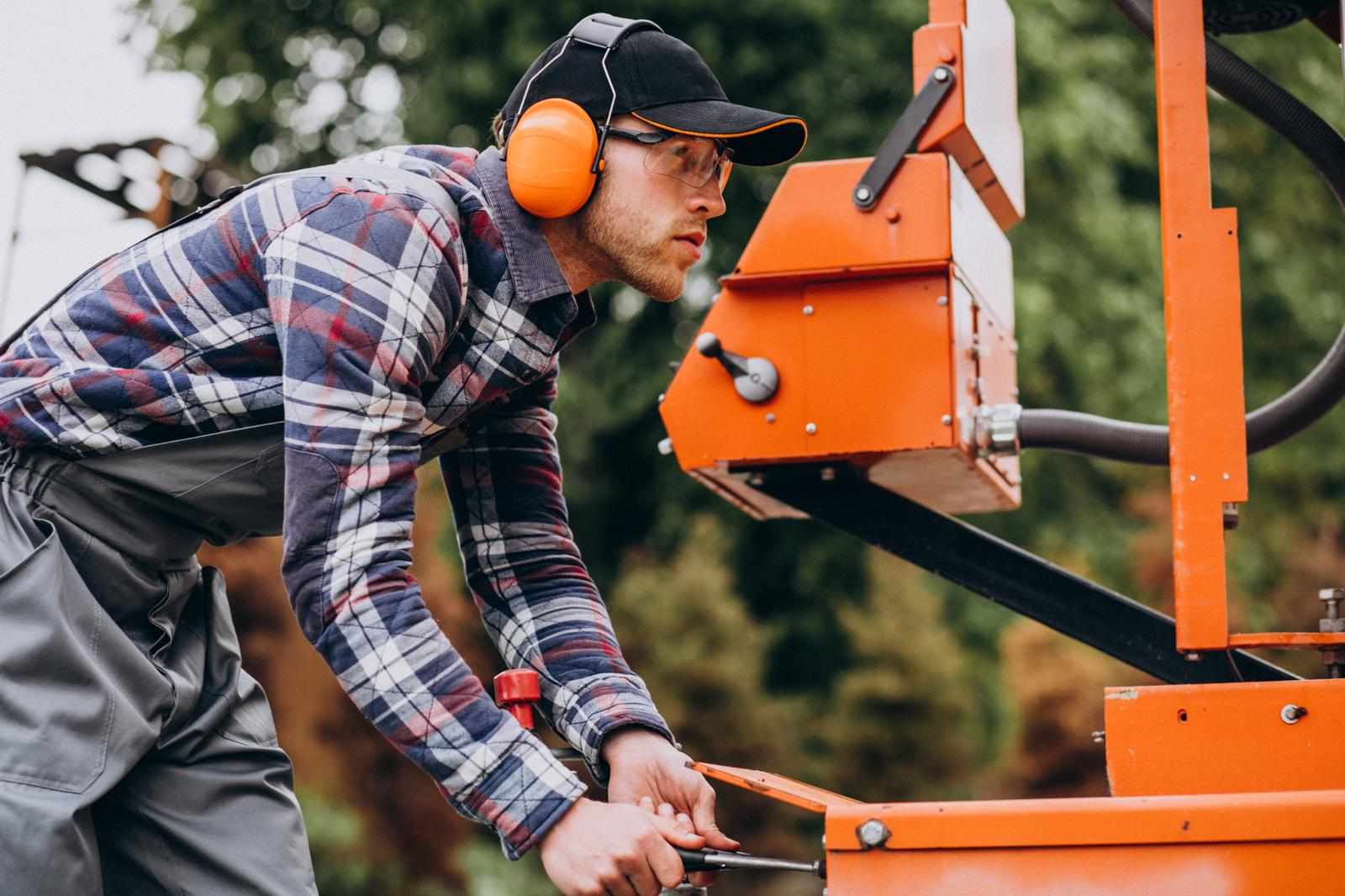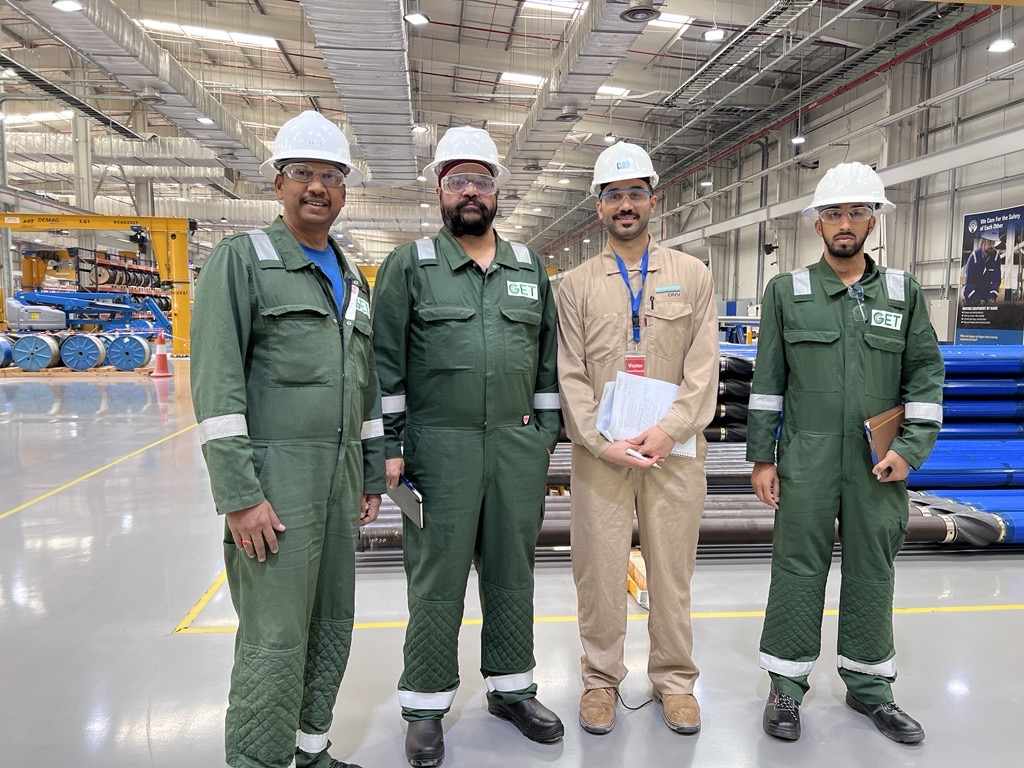
The oil and gas industry never sits still. It keeps moving, keeps changing. Old drilling methods? Not enough anymore. Companies want more output, less cost, less headache. That’s where horizontal drilling steps in.
Think of it as drilling with a twist. Literally. Instead of just digging down, it bends and moves sideways into the rock. More reach. More production. More value for the upstream oil and gas industry.
Sounds fancy? Yes. But also practical. And it’s shaking up how the oil and gas industry works today.
What is Horizontal Drilling Anyway?
Okay, simple words. Instead of a straight vertical hole, horizontal drilling starts vertical, then curves and goes sideways. It’s like taking a turn inside the earth.
Why? Because one single well can now cover a much larger section of the reservoir. That means more oil and gas without drilling 10 different wells. Smarter. Cheaper. Less messy.
For the oil and gas industry, this means serious efficiency gains.
Why is It Such a Big Deal?
Because vertical drilling hits limits fast. It only touches a small area of the reservoir. Horizontal drilling? It stretches out. Hundreds, even thousands of meters.
That’s a big win for upstream oil and gas companies. More production, fewer rigs, smaller land use. Companies save money. Workers get more oil and gas jobs. Communities see less disruption.
Honestly, it’s hard to ignore the benefits.
How Does It Actually Work?
Let’s keep this straight and simple:
Drill vertical.
Curve the drill at the right depth.
Go horizontal inside the rock.
Extract more oil and gas.
Sounds easy when written down. But in reality, it needs advanced rigs, skilled engineers, and precise planning. That’s why this method is in high demand in the upstream oil and gas industry.
Read Also- Horizontal Drilling: How It Works and Why It Matters
How is it Different from Vertical Drilling?
Vertical drilling = limited reach, old school.
Horizontal drilling = wide reach, high efficiency, modern.
The other big difference? Environmental footprint. With fewer wells and rigs, companies disturb less land. That matters. The oil and gas industry is under global pressure to balance production with sustainability. Horizontal drilling is one way to bridge that gap.
Does it Create More Jobs?
Yes. More technology, more skills, more hands needed. Engineers, geologists, rig supervisors, HSE staff, logistics managers. The list is long.
If you’re eyeing an oil and gas job, this is the field to watch. Companies investing in horizontal drilling are constantly hiring. It’s not just manual rig work either. Data analysis, digital monitoring, and planning roles are all part of it.
So, plenty of room for career growth in the oil and gas industry.
Any Challenges with Horizontal Drilling?
Of course. Nothing comes without issues.
Costs are higher upfront.
The process is technically complex.
Environmental risks still exist.
Wells sometimes decline faster than expected.
But companies accept these trade-offs. Why? Because the output and efficiency gains outweigh the struggles.
How is Technology Making It Easier?
Tech is everywhere now. Horizontal drilling included.
Real-time monitoring, AI, and data tools help predict problems before they happen. Drones inspect rigs. Sensors track equipment. Digital dashboards guide drilling crews.
The result? Safer, faster, smarter operations. The upstream oil and gas industry is moving away from “trial and error” and shifting into digital-first exploration.
Is This the Future?
Yes. Energy demand is climbing. Companies can’t afford inefficiency. Horizontal drilling gives them exactly what they need — higher output, lower cost, and less environmental pushback.
From the U.S. shale revolution to Middle East upstream projects, horizontal wells are now standard practice. It’s not hype anymore. It’s here to stay.
Conclusion
Horizontal drilling has flipped the script for the oil and gas industry. Bigger production, fewer wells, smarter operations. Sure, it’s expensive and complex, but the results speak louder.
For the upstream oil and gas industry, it’s not just a technique. It’s the future. And for anyone looking for an oil and gas job, this is where opportunities are growing.
Read Also- 5 Essential Skills You Need to Become a Renewable Energy Technician in 2025








Write a comment ...